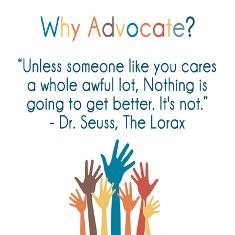Week 7 Volunteer Profile
Profile of a Volunteer
Recently, I was invited by my friend Jessica to volunteer at a local retirement community. Jessica volunteers about once a week; she is motivated to do so because her grandmother currently lives there. A retirement community differs from a nursing home in that most individuals living there are high functioning. At first, I wasn’t sure what to expect, but I decided to go along for the experience.
The retirement community consists of individual apartments and a common area, where the residents will gather occasionally. When we arrived, several residents were occupying this area: two elderly women were sitting in the corner drinking tea, while a group of five others, both men, and women, were playing a card game of sorts. The first think I asked Jessica was what our tasks would be; I had imagined we would be doing little chores to make things easier for the residents. However, all she said we should do was spend time talking to some of the residents and ask if they needed anything. That was the only instruction she had given before we went our separate ways.
I first approached an elderly man who was sitting by himself in the corner. When I asked if he needed anything, he only told me to sit for a while. I did, and we started a conversation; it appeared he was just a bit lonely and wanted someone to talk with. He told me about his wife, recently deceased, including how they met; about his son who lived out of state and was attending college. I listened and began to tell him a bit about my own life as well. Before I knew it, the conversation had lasted about half an hour.
After the conversation, I ended up playing gin with two other women. The entire session didn’t feel like work, and I wasn’t sure if I was doing what I was supposed to be doing as a volunteer. However, I soon realized that only spending time with someone can have a valuable impact on people’s lives. What I believe the takeaway message to be, that I will employ in my volunteer efforts with people of any age, including children and families, is that what often helps is to only listen to someone, as communication is the most important element (Smith, 2001).
References
Smith, D. H. (2001). Altruism, volunteers, and volunteerism. Nonprofit and Voluntary Sector Quarterly, 10(1), 21-36
Thanks!
Best Wishes!


